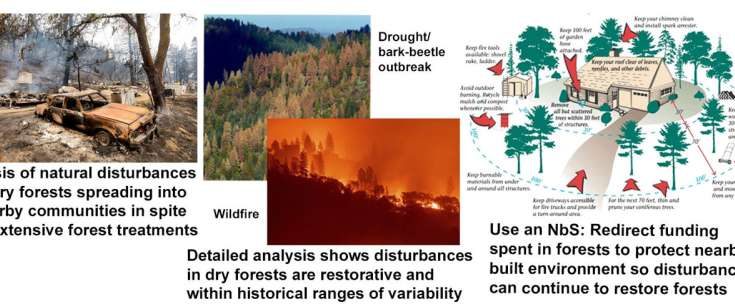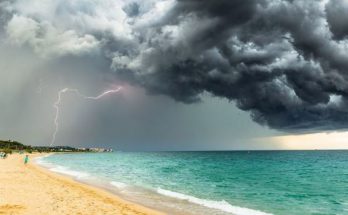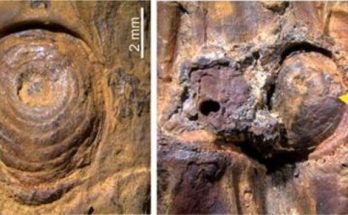Nature effectively “managed” forests through millennia of major climate changes and episodes of natural disturbances (e.g., wildfires, droughts, bark-beetle outbreaks), so why would nature not now be best able to restore and adapt forests to climate change, https://phys.org/news/2024 reports said.
We focused on this question while investigating lower-elevation dry forests of the western U.S. dominated by ponderosa pine (Pinus ponderosa) or similar pines and dry mixed-conifer forests, in addition to other trees.
Dry forests cover 25.5 million ha (63 million acres) of the western U.S. These forests have altered structure (e.g., tree density) from extensive logging, livestock grazing, and fire suppression.
Dry forests are also recently experiencing more natural disturbances. Wildfires have at times become almost unstoppable, overwhelming firefighters and spilling over into the built environment. These trends continue in spite of billions of dollars spent annually to reduce fuels (e.g., thinning) and suppress fires and other disturbances in federal forests.
These failing command-and-control approaches (CACA) are leading to calls for new approaches in dry forests.
Working with natural processes is the premise of nature-based approaches. We recognize widespread concern that disturbances in dry forest are outside historical variability, so they are damaging. However, we found they are not; instead, they are effectively restoring and adapting dry forests to climate change.
The central constraint on using natural disturbances is an insufficiently protected nearby built environment, which can be remedied by redirecting CACAs to focus on protecting the built environment.
A formal Nature-based Solution (NbS), defined by the International Union for Conservation of Nature, has eight essential properties. These include societal benefits, biodiversity and ecosystem integrity, good governance, adaptive management, sustainability, and integration into existing jurisdictions.
We focused on the feasibility of an NbS, how long it may take, could it better restore and adapt dry forests to climate change, and what is needed to protect the built environment so an NbS is feasible and more broadly acceptable?
Is there enough natural disturbance to restore and adapt dry forests? To assess this, we calculated recent rates (2010–2019), using federal datasets on a study area of ~16 million ha (40 million acres) of dry forests on federal land in 11 western states.
Nature-based disturbances, including wildfires, combined droughts and bark-beetle outbreaks, annually affected 2.07% of the study area; it would require 48 years to affect an area equal to the study area. CACAs, including prescribed fires and mechanical (e.g., thinning) treatments, annually affected 0.79% of the study area, requiring 126 years to affect an area equal to the study area.
Disturbance severity is classified as low, moderate and high severity, based on levels of tree mortality. Low- and moderate-severity fires, 82% of total fire area from 2010–2019, are widely accepted as ecologically restorative and adaptive.
Only the 18% of total fire area that was high severity is controversial, but we have shown that high-severity fire is recently operating at rates and patterns within the range of historical variability. Nearly all drought/beetle effects have also been low to moderate severity, with <0.1% high severity, so drought/beetle effects are also ecologically restorative and adaptive.
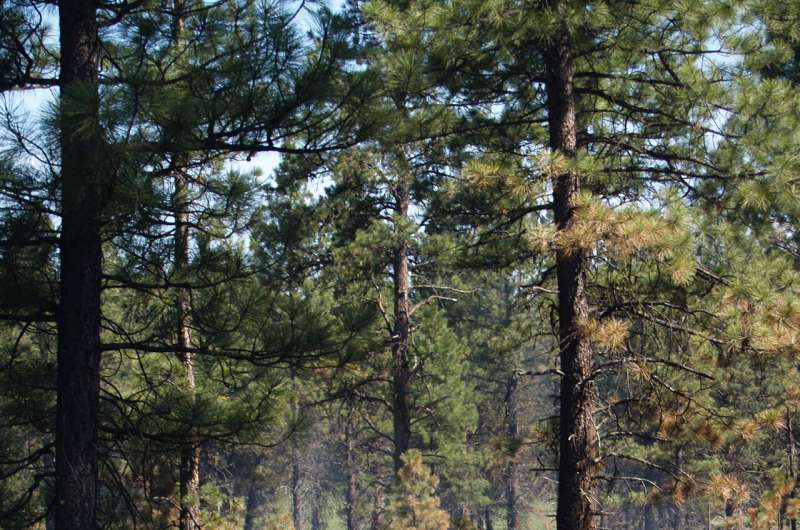
Why are nature-based disturbances more restorative and adaptive to climate change than CACAs are? Wildfires provide strong selective pressure for trees to survive the fire itself, so they restore historical forest resistance, and select for adaptation to hotter and drier post-fire environments as climate changes.
All fire severities recently have been deficient relative to their rates in historical forests, so more fire of any severity is restorative and adaptive. Droughts/beetle outbreaks, which reduce tree density and basal area and increase snags in dry forests, were historically significant thinning agents.
Most recent events have been low to moderate severity, so also restorative and adaptive, providing selection for slower-growing trees, that are less attractive to future beetle outbreaks and also need less moisture. In contrast, CACAs select tree winners and losers without any knowledge of their genetic adaptations to future disturbances or climate change.
Ecological heterogeneity from natural disturbances is also essential for species to adapt to climate change. Nature-based disturbances best provide essential natural selection, genetic adaptation, and spatial heterogeneity needed for forest resistance, resilience, and adaptation to future climate change.
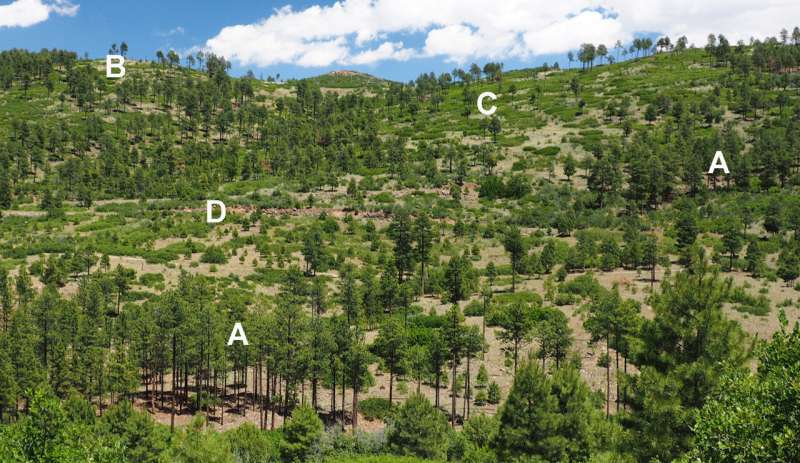
Since natural disturbances best provide beneficial ecological restoration and adaptation, what is a feasible goal for using them in an NbS? Droughts/beetles rose after 2015 to a higher level and likely will reach 250,000 ha/year as temperatures rise further. We show it is feasible to reach ~410,000 ha/year of total natural disturbances, which mimics the historical level of low- to moderate-severity fire, likely a reasonable initial goal.
We also think it is sensible to work with droughts/beetles as they are more consistently low- to moderate in severity and do not threaten the built environment as wildfires can.
Recent rates suggest natural disturbances alone could accomplish restoration and adaptation within ~40 years. However, if prescribed burning and managed fire for resource benefit were enhanced to be more natural, full restoration and adaptation could feasibly be met in ~30 years, by mid-century, a significant achievement.
This potentially feasible and significant accomplishment would require additional steps to meet all requirements of an NbS. Most importantly, the built environment must be more fully adapted to wildfires spilling over from nearby forests. This requires funding and social license to accomplish, mostly on non-federal property, hardening the 20–40 m around buildings and infrastructure.
This likely can be accomplished if the billions of dollars spent annually on ineffective CACA actions in forests are redirected to this goal.
Our study, published in the journal Fire, takes the first, key step, by showing it is much more ecologically feasible and beneficial, than CACA approaches, to use natural disturbances to restore and adapt dry forests in the western U.S. to climate change.

